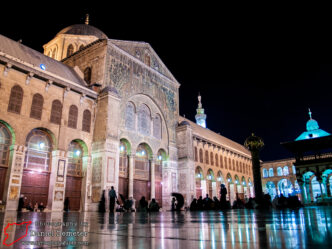
Damascus – Umayyad Mosque دمشق – الجامع الاموي
The most important monument in Damascus (دمشق), and perhaps the entire country, is the magnificent Umayyad Mosque (الجامع الاموي). No single historic …

The most important monument in Damascus (دمشق), and perhaps the entire country, is the magnificent Umayyad Mosque (الجامع الاموي). No single historic …
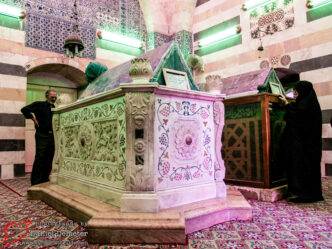
While little remains of the Ayyubid-era al-Madrasa al-Aziziyeh (المدرسة العزيزية), the notable survival is the burial chamber of Salah al-Din Yousef Bin …
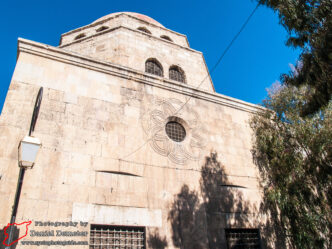
al-Madrasa al-Zahiriyeh (المدرسة الظاهرية) is an impressive Mamluk-era religious school constructed to serve as the mausoleum of al-Zahir Rukn al-Din Baibars al-Bandaqdari …
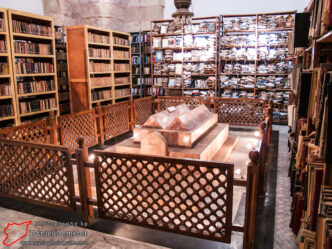
al-Madrasa al-Aadiliyeh (المدرسة العادلية) is an Ayyubid-era religious school named after al-Aadil Seif al-Din Abu Bakr Bin Ayoub (العادل سيف الدين أبو …
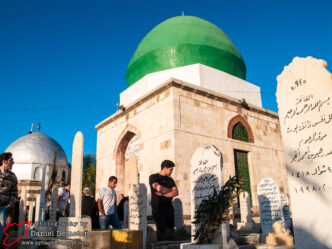
Bab al-Saghir Cemetery (مقبرة الباب الصغير), located south of the old city, is the most noteworthy of the many historic cemeteries in …
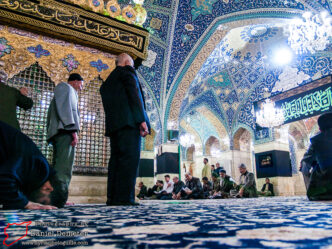
One of the most important Shia pilgrimage sites in Syria is the fascinating al-Seida Raqiyeh Mosque (جامع السيدة رقية). This modern, Iranian-style …
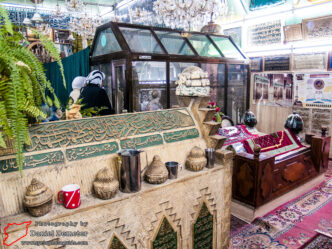
Mohi al-Din Bin Arabi Mosque (جامع محي الدين بن عربي) is a fascinating place of worship in the northern Damascus (دمشق) district …
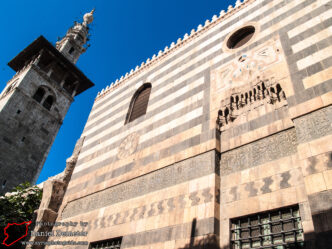
al-Madrasa al-Jaqmaqiyeh (المدرسة الجقمقية) is a beautiful Mamluk-era religious school that now houses the Museum of Arabic Calligraphy (متحف الخط العربي). The …
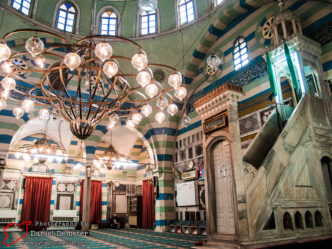
The modest but attractive al-Darwishiyeh Mosque (جامع الدرويشية) is located just beyond the western edge of the old city of Damascus (دمشق). …
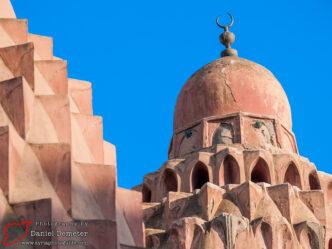
Hidden away in the markets of the old city of Damascus (دمشق) is Nur al-Din al-Shahid Mosque (جامع نور الدين الشهيد), the …